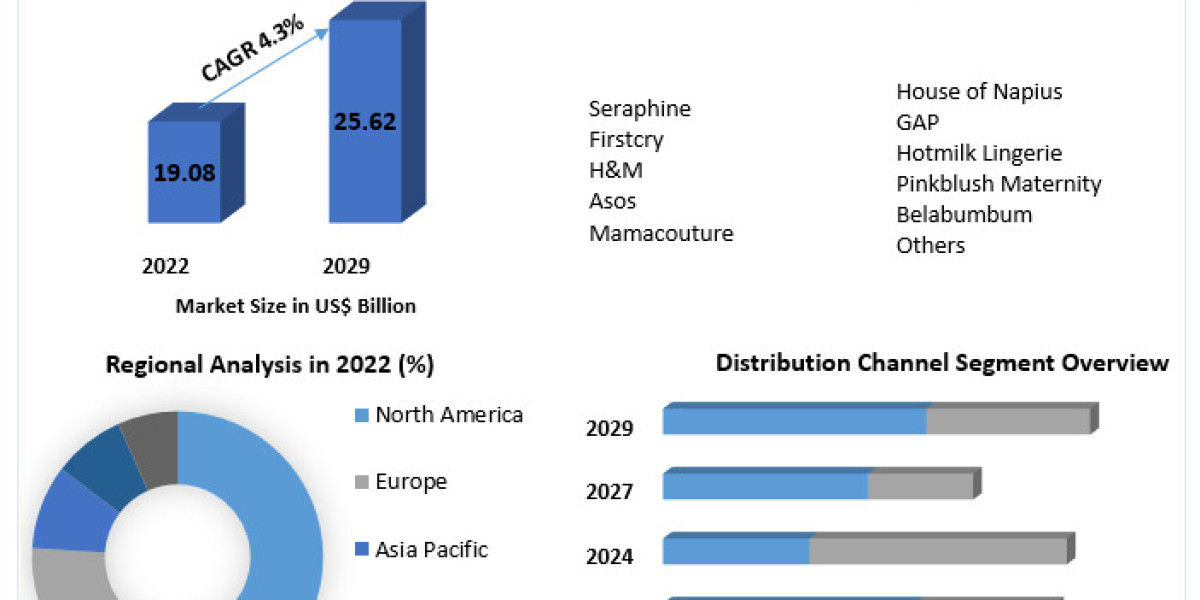Originally Published on: SpendEdge |6 Core Purchasing Strategies to Improve Organizational Efficiency: Role of Purchasing Strategy
Evolution of Purchasing Strategy for Efficient Procurement
Historically, the purchasing function was confined to acquiring goods and services from other organizations. However, over time, it has transformed from a tactical contributor to a strategically significant business unit. Implementing proven purchasing strategies not only leads to cost savings but also reduces lead times, ensuring the timely delivery of quality goods. Below are the fundamental purchasing strategies that organizations can adopt to enhance overall efficiency:
Key Purchasing Strategies for Procurement Process Improvement
Purchasing Strategy #1: Supplier Optimization
Organizations often engage with multiple suppliers across vast geographies. Adopting supplier rationalization simplifies the purchasing process by involving only key vendors essential to the company. Additionally, purchasing from a single supplier opens the possibility for volume discounts.
Purchasing Strategy #2: Total Quality Management (TQM) Practice
Combining total quality management with supply chain management provides organizations with a sustainable competitive advantage. This strategy aims at reducing quality problems and increasing customer satisfaction by monitoring various aspects, including personnel management, process management, customer relationships, supplier relationships, product design, quality information, and benchmarking.
Purchasing Strategy #3: Risk Management
Operating in a dynamic and uncertain environment with a high risk of supply chain disruption requires a robust risk management process. This process helps continuously analyze and reduce risks, identifying factors such as labor disputes, capacity issues, natural disasters, incorrect forecasts, delays, and inventory problems that may disrupt the supply chain.
Purchasing Strategy #4: Global Sourcing
To achieve product perfection and address price pressures, companies are increasingly looking beyond borders for their purchasing needs. Global sourcing not only offers cost advantages but also allows organizations to tap into skills and resources that may be unavailable or less productive domestically, thereby enhancing overall productivity.
Purchasing Strategy #5: Vendor Development
In a competitive landscape, businesses seek multiple ways to gain a competitive advantage and drive innovation. Viewing vendors not only as sellers but as partners for co-creating innovative products or identifying savings opportunities is crucial. Organizations focusing on vendor development are likely to realize efficiency gains in the future.
Purchasing Strategy #6: Green Purchasing
A growing number of companies are embracing green procurement efforts. Adhering to green purchasing standards helps organizations achieve cost savings, minimize supply chain risks, and enhance their brand image. Such companies are better positioned to comply with stringent environmental laws.








